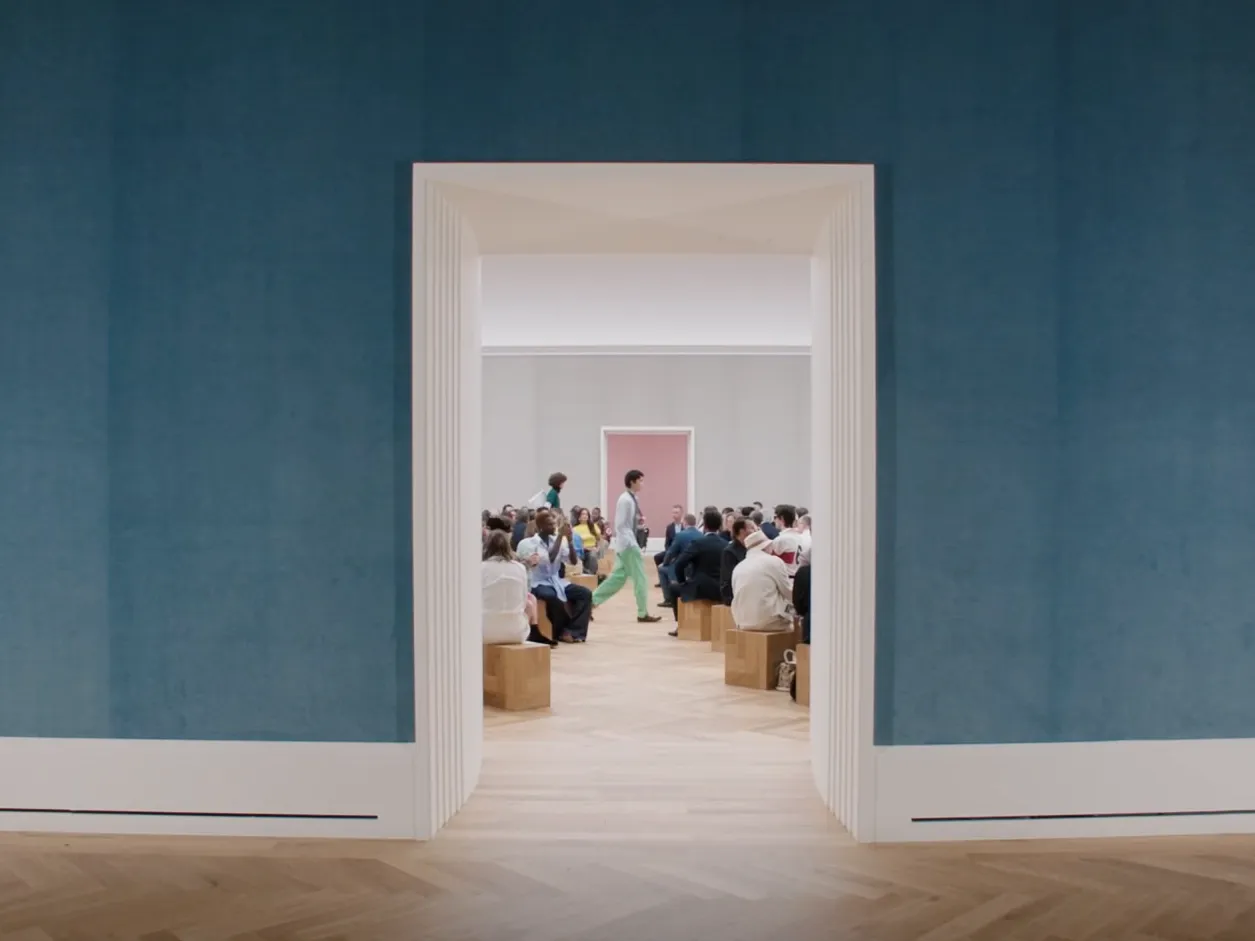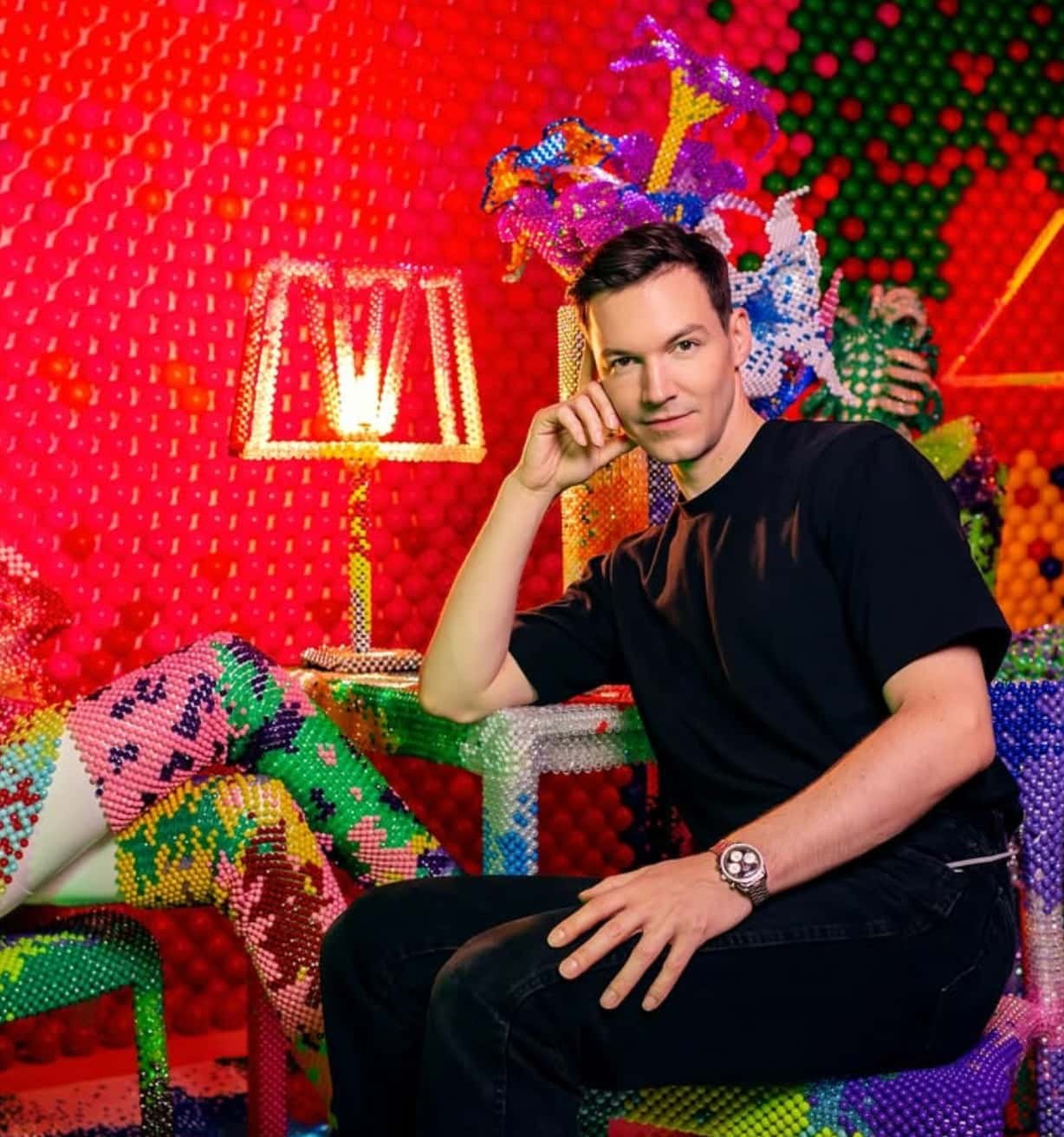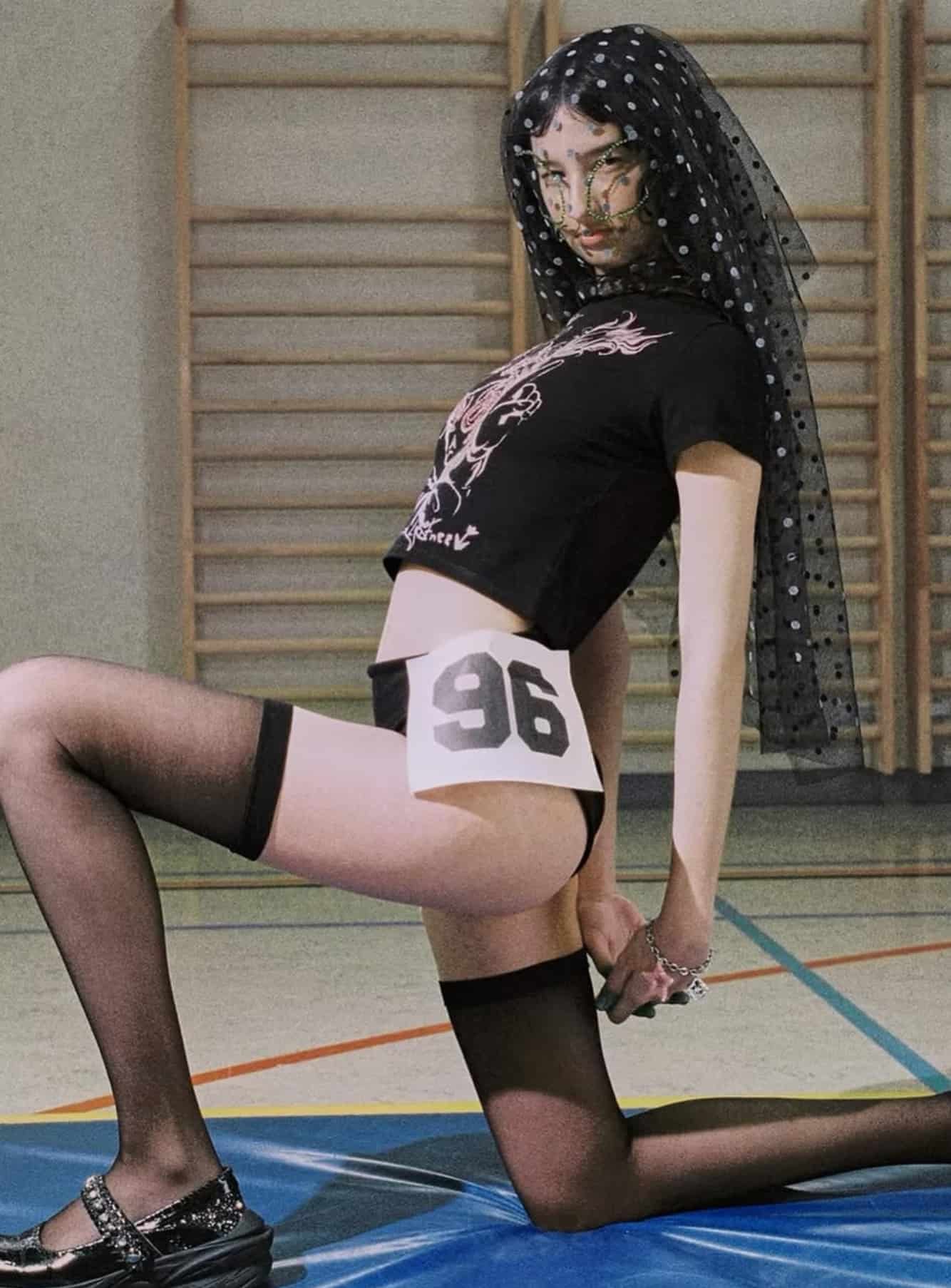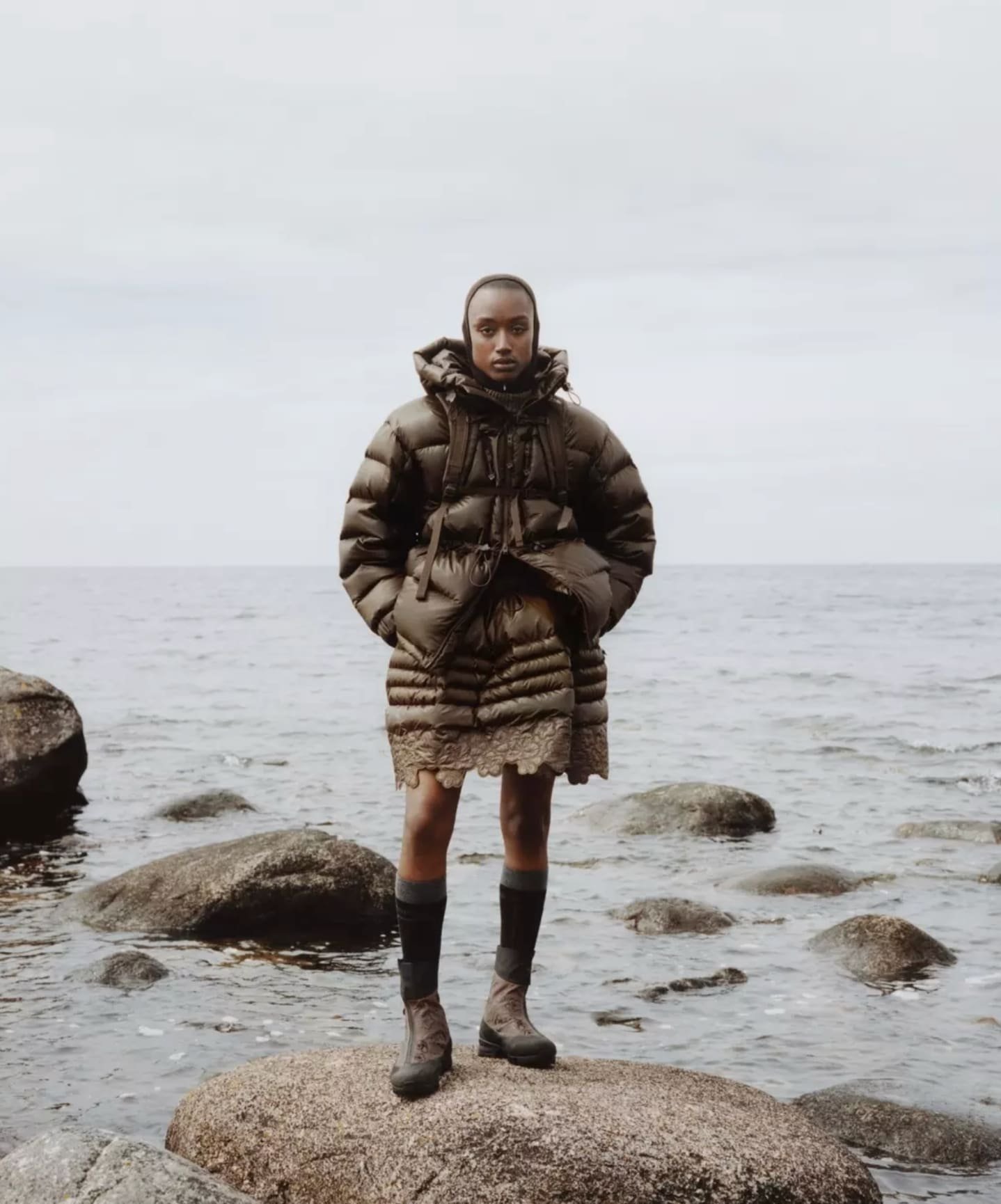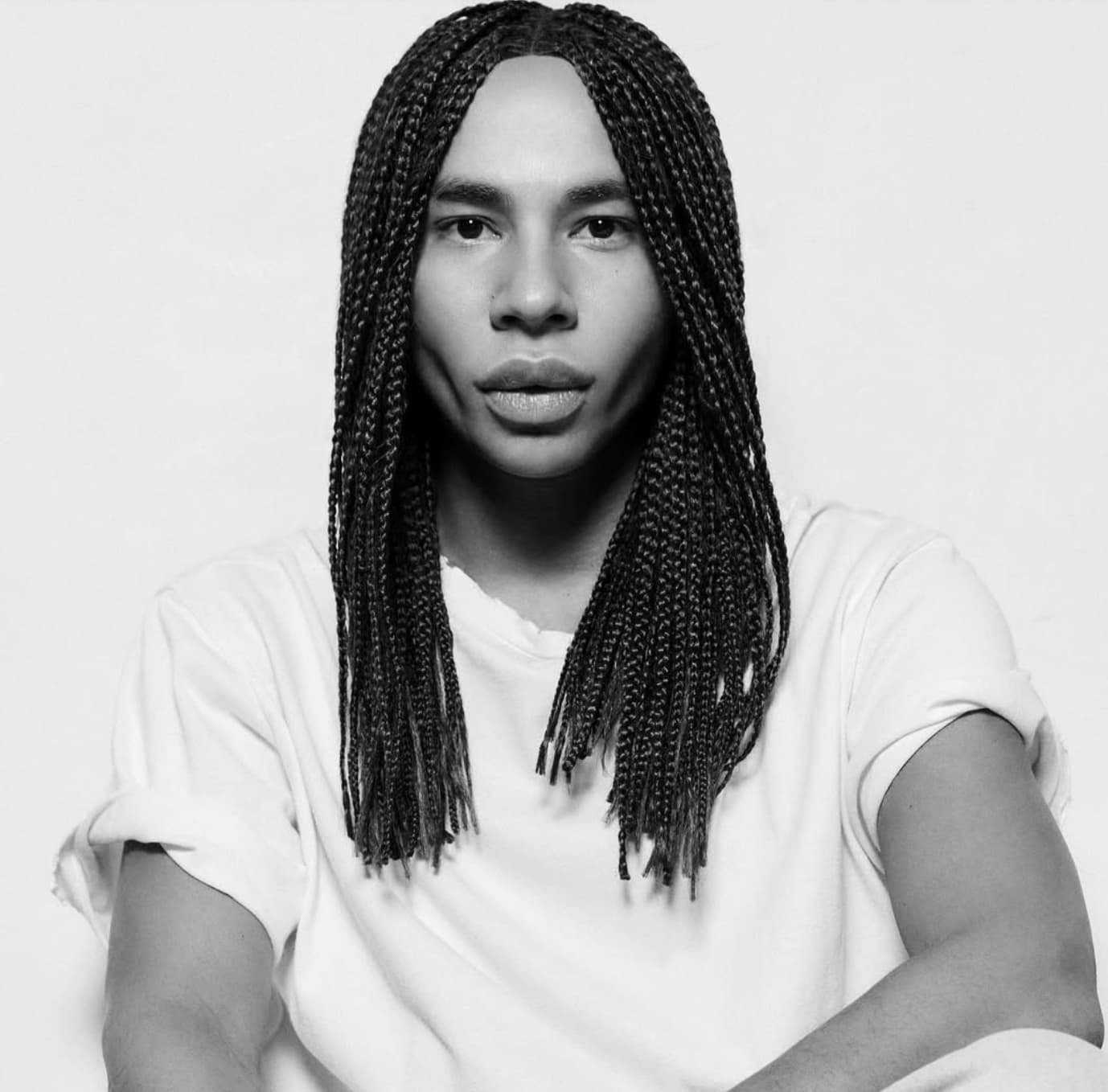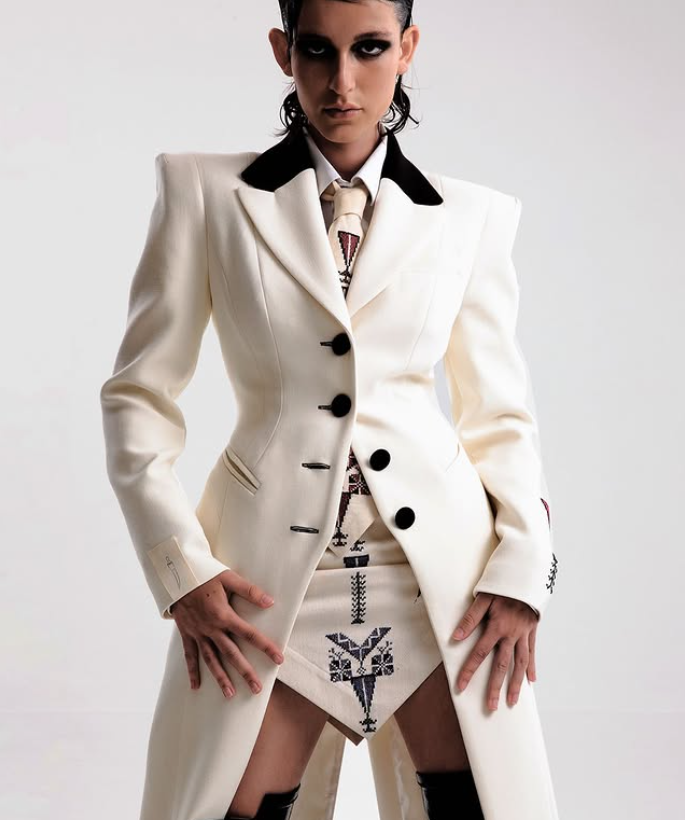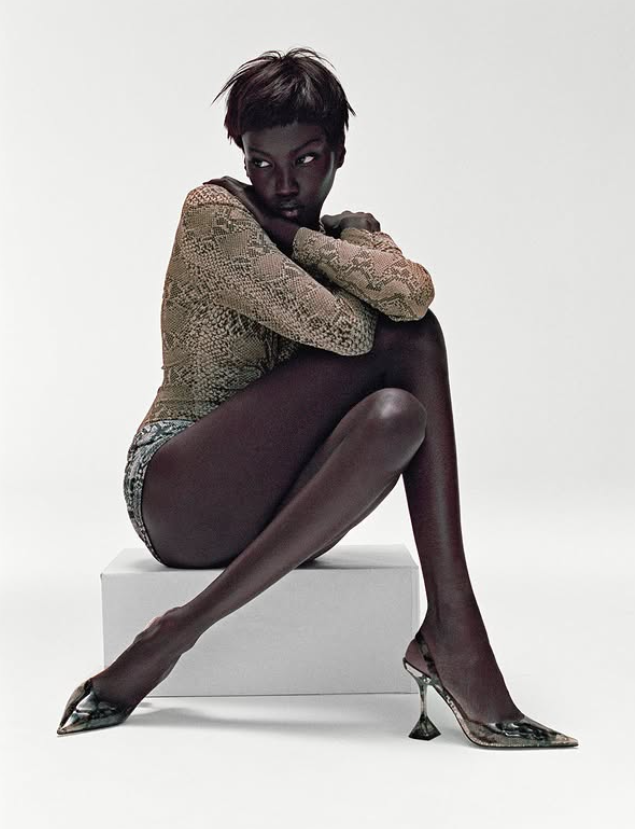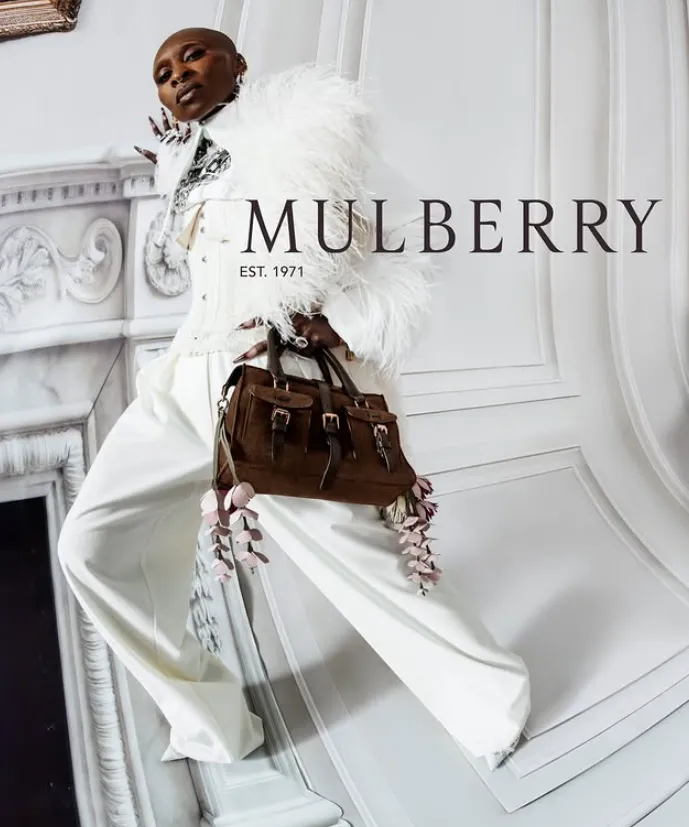In the Dior universe, time doesn’t stand still — it is reinterpreted. For the Spring-Summer 2026 collection, Jonathan Anderson’s debut as Creative Director of Dior Homme not only marks the beginning of a new aesthetic era for the house, but redefines what it means to dress the contemporary man.
Drawing on echoes of the 19th century, deconstructed British tailoring, and the sensual rigor that has shaped Christian Dior’s legacy, this collection arrives more as a curatorial act than a conventional runway show. And Anderson, more than a designer, steps into the role of visual storyteller.
The show’s setting — minimalist, meditative, and arranged like an art gallery — laid the foundation for a proposal that considers clothing as historical document, emotional gesture, and cultural symbol. Velvet-covered walls, soft lighting, and a centerpiece inspired by the painter Jean-Baptiste-Siméon Chardin set the tone: this is not fashion as spectacle, but as a thinking object.
Anderson, long admired for his provocative vision at JW Anderson and Loewe, doesn’t break Dior — he reimagines it. The collection reworks house codes — florals, Dior gray, the sobriety of tailoring — into something sharper and more conceptual. Rigid waistcoats become emotional armor, tailcoats are precision-cut into modernist silhouettes, and elongated cuffs flirt with theatricality.
What’s most striking isn’t just the garments themselves, but the visual language Anderson introduces: unmistakably masculine, yet introspective, free, and layered. The classic blazer is paired with voluminous trousers bordering on skirts. Coats wrap the body with a sense of solemnity, and silk drapes like a whisper of spiritual luxury. Each silhouette asks: How do we inhabit the masculine body today?
On the runway, contradiction is welcomed. Sleek looks are disrupted by irreverent details: oversized Bermuda shorts with technical sandals, fluorescent accents within a neutral palette, and floral embroidery woven into almost architectural forms. There’s a deliberate tension between heritage and disruption, between fashion and performance, between clothing and art. Anderson isn’t interested in resolving that tension — he wants to make it fertile.
Accessories act not as ornamentation but as extensions of the visual syntax. Structured bags, sculptural backpacks, and footwear oscillate between classical elegance and utilitarian futurism — sculpted sneakers, reworked loafers — projecting a bold idea: the Dior man is no longer merely elegant. He is reflective, evolving, cultured.
What’s most powerful isn’t rupture — it’s the subtle shift. Anderson doesn’t aim to shock. He aims to retrain the gaze. Rather than dictating trends, he proposes a meditation on menswear rooted in emotion, history, and artistry. What does our clothing say about us? What do we want to communicate when we step out into the world? Who do we become when we dress ourselves?
In this first act under Anderson’s direction, Dior Homme doesn’t abandon its codes — it rearticulates them with sensitivity and strength. The Spring-Summer 2026 collection isn’t a spectacle; it’s a slow-blooming work. A meditation dressed in elegance. A manifesto that honors the past while propelling us into the future.
With this debut, Anderson doesn’t just affirm his place among fashion’s most influential minds. He also dares to remind us of something bolder still: in the Dior world, beauty isn’t static. It’s language. It’s action. It’s a quiet revolution.

